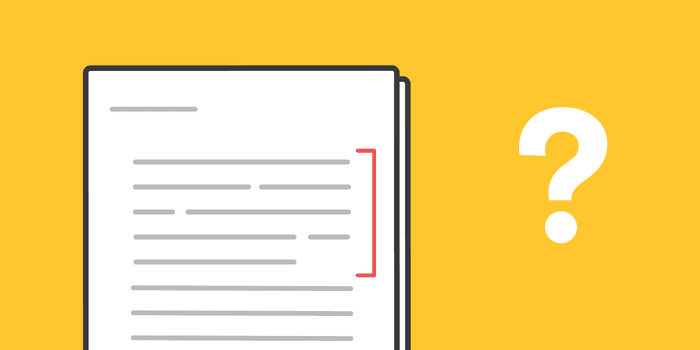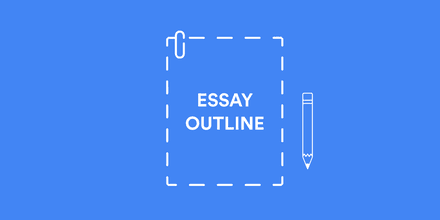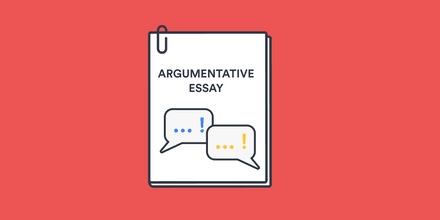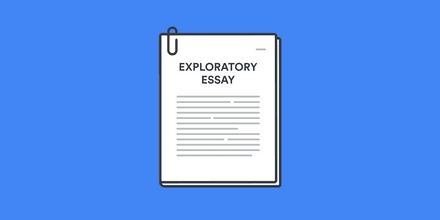
Successful paragraphs help readers consistently, and naturally, follow your argument. But sometimes it's difficult to know just how much—or how little—you need to include in a single paragraph. This post covers the foundational elements of a successful paragraph and includes tips for writing clear and concise sentences.
The perfect paragraph
Ideally, each paragraph you write should introduce an idea, support it, and then add a conclusion to it. Let’s take a closer look at how paragraphs should be structured:
The opening sentence
The opening sentence introduces the topic of the paragraph or indicates to the reader a change in the subject from the previous paragraph.
The paragraph is an opportunity to signal to the reader that you are making a new point or moving in a new direction. You can identify which ideas are suitable for opening sentences by creating an outline of your paper. Use the outline to pinpoint your main ideas.
The supporting statements
Once you've written your opening sentence, the following sentences should support the statement you made or give the reasoning for your argument. This part of the paragraph can also be used to describe study results, explain key theories, or integrate source material from your research.
Keep supporting sentences concise by using as few words as possible to explain your ideas or the ideas of others.
The concluding sentence
The final sentence in the paragraph needs to wrap up the main idea of the paragraph and add value to what has already been written. You can also use your concluding sentence to lead into your next paragraph.
A concluding sentence should wrap up the main idea of the paragraph without repeating previous information.
Paragraph writing tips
- Put your strongest supporting statement directly after the opening sentence. This allows the reader to go over the paragraph at a glance and still capture the main idea.
- Cut out unnecessary words and sentences. For each sentence, ask yourself: is this sentence essential? Also, try reading your paragraphs aloud to yourself or to a friend or family member. This helps you catch nonessential words, phrases, and sentences.
- Avoid single-sentence paragraphs. One-sentence paragraphs are suitable for blog posts, but academic research papers require more substantial paragraphs in order to fully explore your main ideas.
- Communicate compelling ideas in clear and concise language. To be a solid academic writer, you don't need to write wordy, jargon-filled sentences.
The bottom line
The structure of your paragraphs can have a significant impact on your paper's clarity and, by extension, your grade. Ultimately, each paragraph should be dedicated to a single thought or idea, enhanced by concise supporting sentences and a clear concluding statement.
Frequently Asked Questions about sentences in paragraphs
♨️ Can a paragraph be 3 sentences?
While there are no strict rules when it comes to paragraph length, a typical paragraph should be at least 3 sentences. Depending on the length and complexity of your research paper, a paragraph may be as long as a single page of double-spaced text, but shouldn't be longer.
📓 Is 12 sentences too long for a paragraph?
The length of a paragraph will vary depending on the idea that it's communicating and its placement in the paper. Two key questions can help you determine if your paragraph is the right length:
- Have all unnecessary words and sentences been removed?
- Has the paragraph accurately introduced, explained, and concluded the main idea?
If the answer is no, you may want to shorten or lengthen your paragraph.
💬 How many sentences is 100 words?
Using fifteen words per sentence as a guide, one hundred words should be roughly equal to one basic paragraph. However, there is no magic number of words that defines a paragraph.
🌂 How do I know if a paragraph is too long?
The best way to determine if a paragraph is too long is to read it aloud to yourself or another person. If you lose your place, or if your listener struggles to follow along, your paragraph may be too long or too wordy.
📌 How do you begin a paragraph?
A paragraph should begin with a clear statement that communicates that paragraph's main idea.


